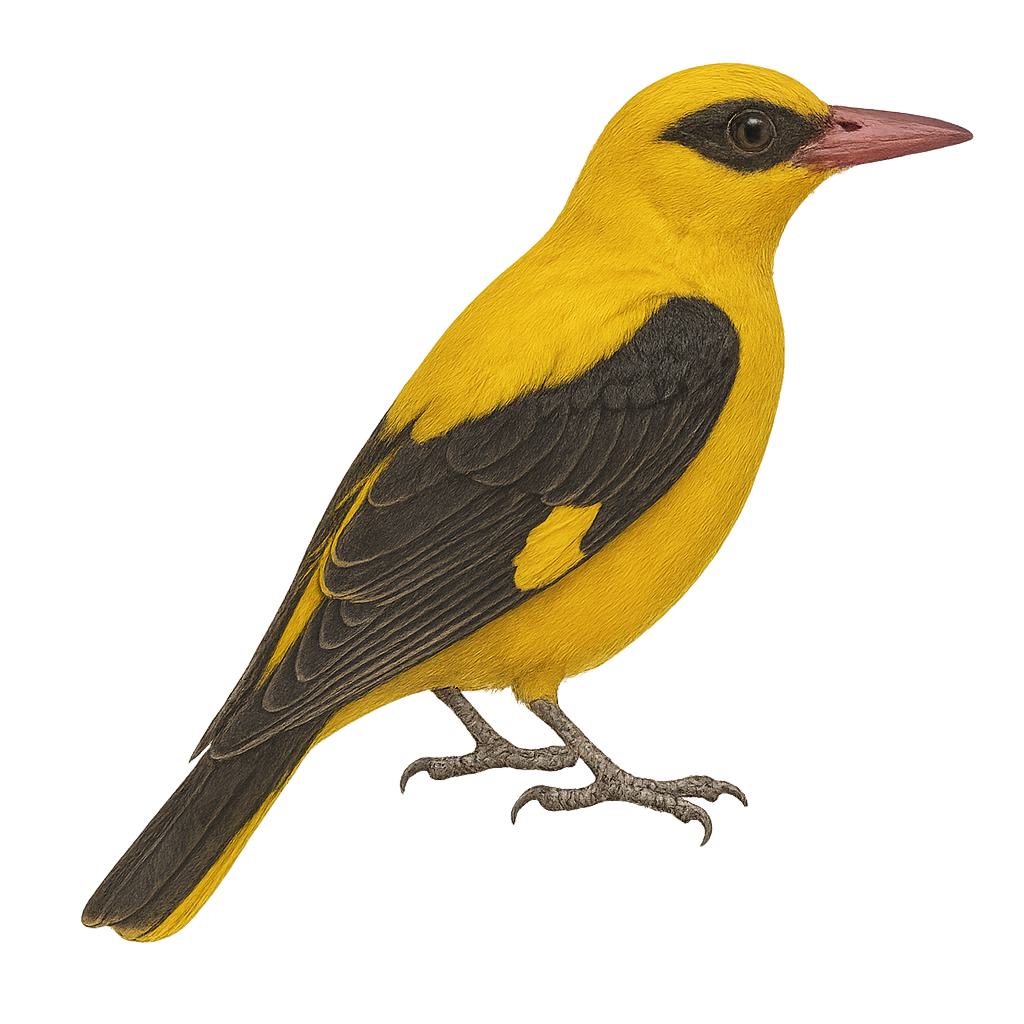Your wildlife photography guide.
Explore the black-naped oriole in detail, study its behavior, prepare your shots.
Where to observe and photograph the black-naped oriole in the wild
Learn where and when to spot the black-naped oriole in the wild, how to identify the species based on distinctive features, and what natural environments it inhabits. The WildlifePhotographer app offers tailored photography tips that reflect the black-naped oriole’s behavior, helping you capture better wildlife images. Explore the full species profile for key information including description, habitat, active periods, and approach techniques.
Black-naped Oriole
Scientific name: Oriolus chinensis

IUCN Status: Least Concern
Family: ORIOLIDAE
Group: Birds
Sensitivity to human approach: Suspicious
Minimum approach distance: 10 m
Courtship display: May to June
Incubation: 14-16 jours
Hatchings: May to July
Habitat:
Tropical forests, subtropical forests, mangroves
Activity period :
Primarily active during the day, with peak activity in the morning and late afternoon.
Identification and description:
The Black-naped Oriole, or Oriolus chinensis, is a striking bird with bright yellow plumage, primarily yellow with black wings and tail. It is distinguished by a black patch on the nape, hence its English name. This bird is often seen in the tropical and subtropical forests of Asia, where it feeds mainly on fruits, insects, and small invertebrates. Its melodious and fluid song is a delight for birdwatchers. The Black-naped Oriole is a partial migratory bird, moving according to the seasons to find food resources. Although generally solitary, it can be observed in small groups during migration.
Recommended lens:
400 mm – adjust based on distance, desired framing (portrait or habitat), and approach conditions.
Photography tips:
To photograph the Black-naped Oriole, it is advisable to use a telephoto lens of at least 400mm to capture detailed images without disturbing the bird. Look for it in tropical and subtropical forests, where it often perches high. Be patient and discreet, as this bird can be suspicious. Take advantage of the early morning hours to benefit from soft light and increased bird activity.
The WildlifePhotographer App is coming soon!
Be the first to explore the best nature spots, track rutting seasons, log your observations, and observe more wildlife.
Already 1 432 wildlife lovers subscribed worldwide

